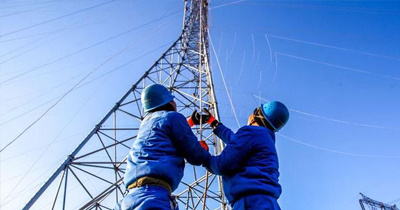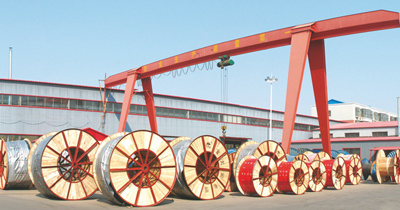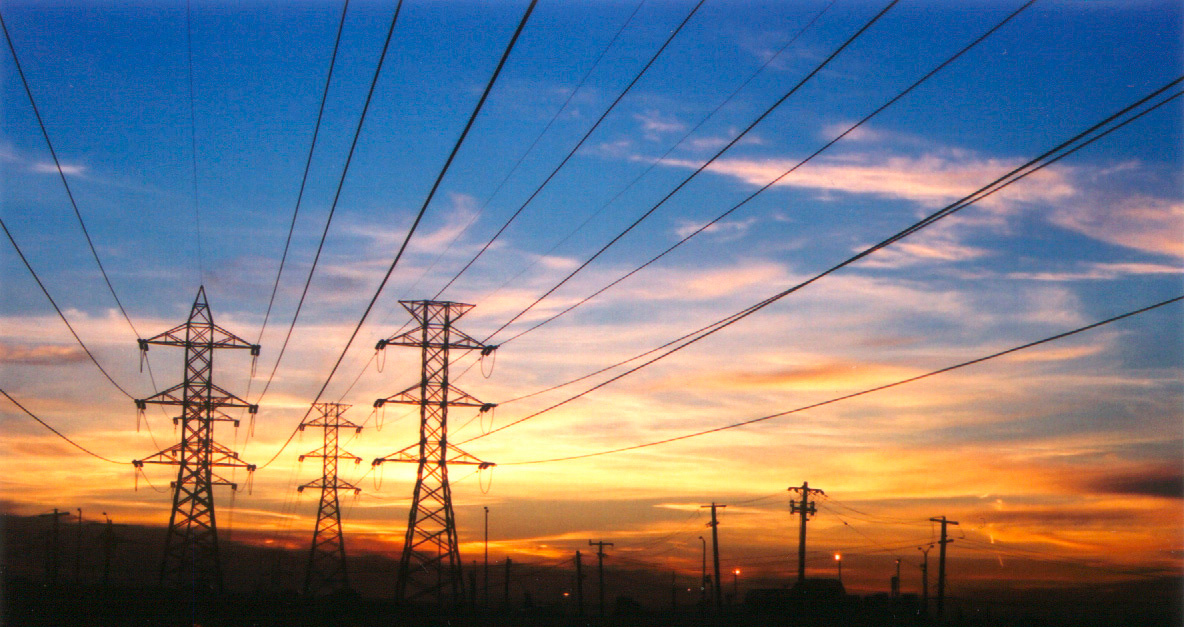Important precautions to take during cable maintenance and testing
Power cables, as an integral part of power lines, are widely used due to their low failure rate, high safety and reliability, and flexible outgoing configurations. However, once a fault occurs, troubleshooting becomes particularly challenging and poses significant risks; therefore, extra caution should be exercised during maintenance and testing activities.
1. Preparations before starting work
Work on de-energized power cables must be performed using a Type 1 work permit, while tasks that do not require de-energization should be carried out with a Type 2 work permit. Before starting any work, thoroughly review relevant route maps, layout diagrams, and drawings of underground infrastructure. It is essential to carefully verify that the cable names and identification tags match exactly what is specified on the work permit. Only after confirming that all safety measures are properly implemented and reliable can work begin.
2. Important Notes for Workplace Behavior
When working, you must confirm the cable that requires maintenance.
Cables requiring maintenance can be categorized into 2 types:
(1) Cables with terminal head failures or obvious fault points on the cable body. These faulty cables exhibit clear signs of damage, making them easy to identify.
(2) Cables whose fault points are not exposed on the surface. For these types of faulty cables, in addition to verifying documentation and confirming the cable’s name, it is essential to use a cable identifier to distinguish them from other energized, operational cables—especially when multiple cables are present within the same cable tray. Accurately identifying the cable intended for maintenance is particularly critical to avoid mistakenly disconnecting live cables, which could lead to serious safety incidents. Moreover, this step effectively prevents errors caused by incorrectly attached cable tags, reducing the risk of accidentally cutting into energized lines. When sawing through the cable, reliable safety measures must be in place. Before making the cut, ensure that the cable being worked on is indeed the one designated for disconnection and confirm it is de-energized. Only after driving an insulated iron rod (with an epoxy resin handle) fully into the cable core—while ensuring proper grounding of the rod—should work begin. The person holding the wooden handle should wear insulated gloves and stand on an insulating mat, paying close attention to maintain excellent grounding of the iron rod throughout the process. If the cable needs to be moved during the repair, proceed with caution, avoiding forceful or rough handling to prevent damage to other operational cables. Finally, the cable terminations must be installed according to strict procedural guidelines, ensuring high-quality workmanship and eliminating any potential hazards. After repairing the cable, carefully verify the phase sequence at both ends: remove the original phase color markers first, then apply the correct ones to prevent confusion between old and new phase markings.
3 Precautions During High-Voltage Testing
High-voltage cable testing must strictly adhere to the "Electric Power Safety Work Procedures." Even under challenging on-site working conditions, safety requirements must never be compromised in the slightest. Clear division of responsibilities is essential, and detailed safety precautions must be thoroughly communicated. The test area should be enclosed with barriers or fences, clearly marked outward-facing with signs reading "STOP—HIGH VOLTAGE DANGER!"—and manned at all times. In particular, personnel must also be stationed at the other end of the cable, maintaining uninterrupted communication to promptly address any emergencies. All testing equipment and wiring must meet stringent safety standards, and operations must be conducted according to proper protocols. During testing, operators must remain fully focused and stand on insulated mats. Before making any wiring changes or concluding the test, always disconnect the power supply first, discharge the system, and then short-circuit and ground the high-voltage sections of the equipment. When performing high-voltage DC tests, after each stage or at the test’s conclusion, the cable must be discharged to ground several times and briefly short-circuited before anyone can safely handle the cable.
4 Other Considerations
When opening cable well or cable trench covers, measures must be taken to prevent traffic accidents. Surround the well area with proper fencing, place clear warning signs, and install barriers to ensure vehicles do not accidentally enter the area. At night, the cable well should be adequately illuminated to prevent pedestrians or vehicles from falling into it. Before entering the cable well, any stagnant, harmful gases must be thoroughly ventilated. Workers inside the well must wear safety helmets and implement strict safety protocols, including fire prevention, waterproofing, and protection against falling objects from heights. Additionally, a dedicated person should always be stationed at the well entrance to oversee access.
Tags:
Next
Related News
Primary applications of low-smoke, halogen-free cables










